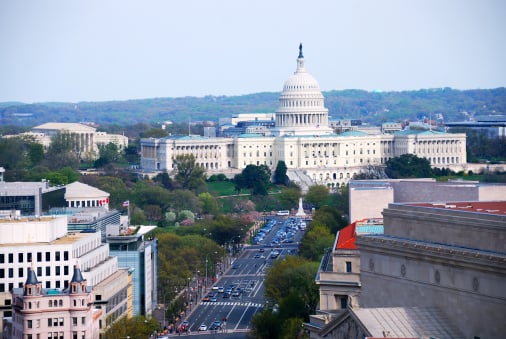Economy
Second-Quarter GDP Runs Stronger Than Expected in Preliminary BEA Report
Published:
The U.S. Bureau of Economic Analysis (BEA) has released its preliminary report on second-quarter gross domestic product (GDP). This report will be subject to two future revisions, but note that today’s report is considered a potential wild card because of the change in methodology for the reports going forward and going back all the way to 1929. Source: Thinkstock
Source: Thinkstock
GDP was put as being up by 1.7% on the headline GDP. Dow Jones had an estimate of 0.9% and Bloomberg had the consensus estimate at 1.1%. The first-quarter growth in GDP was up by 1.1%. Another GDP report will be the second look on August 29.
Wednesday’s BEA report said:
The increase in real GDP in the second quarter primarily reflected positive contributions from personal consumption expenditures (PCE), exports, non-residential fixed investment, private inventory investment, and residential investment that were partly offset by a negative contribution from federal government spending. Imports, which are a subtraction in the calculation of GDP, increased.
Growth in the second quarter reflected upturns in nonresidential fixed investment and in exports. There also was a smaller decrease in federal government spending, followed by higher spending at the state and local government levels. Additional points are as follows:
Now that GDP is stronger than expected, and with strong ADP payrolls, we have S&P 500 futures down by two points and DJIA futures down 31 points. Again, all of the revisions and the change in methodology were setting today’s GDP report to be a wild card or even overlooked.
Want retirement to come a few years earlier than you’d planned? Orare you ready to retire now, but want an extra set of eyes on your finances?
Now you can speak with up to 3 financial experts in your area for FREE. By simply clicking here you can begin to match with financial professionals who can help you build your plan to retire early. And the best part? The first conversation with them is free.
Click here to match with up to 3 financial pros who would be excited to help you make financial decisions.
Thank you for reading! Have some feedback for us?
Contact the 24/7 Wall St. editorial team.